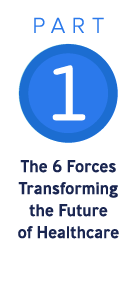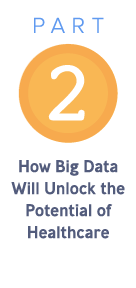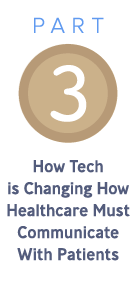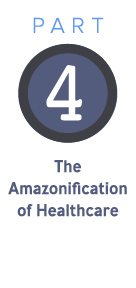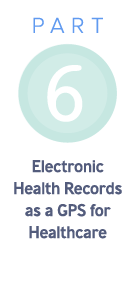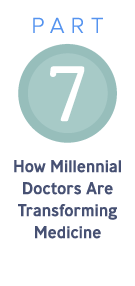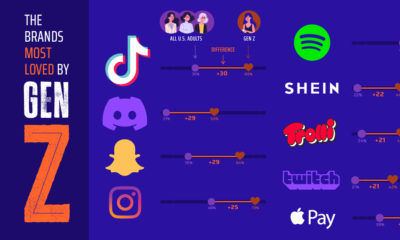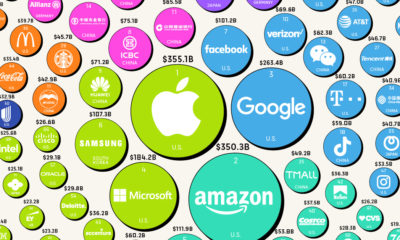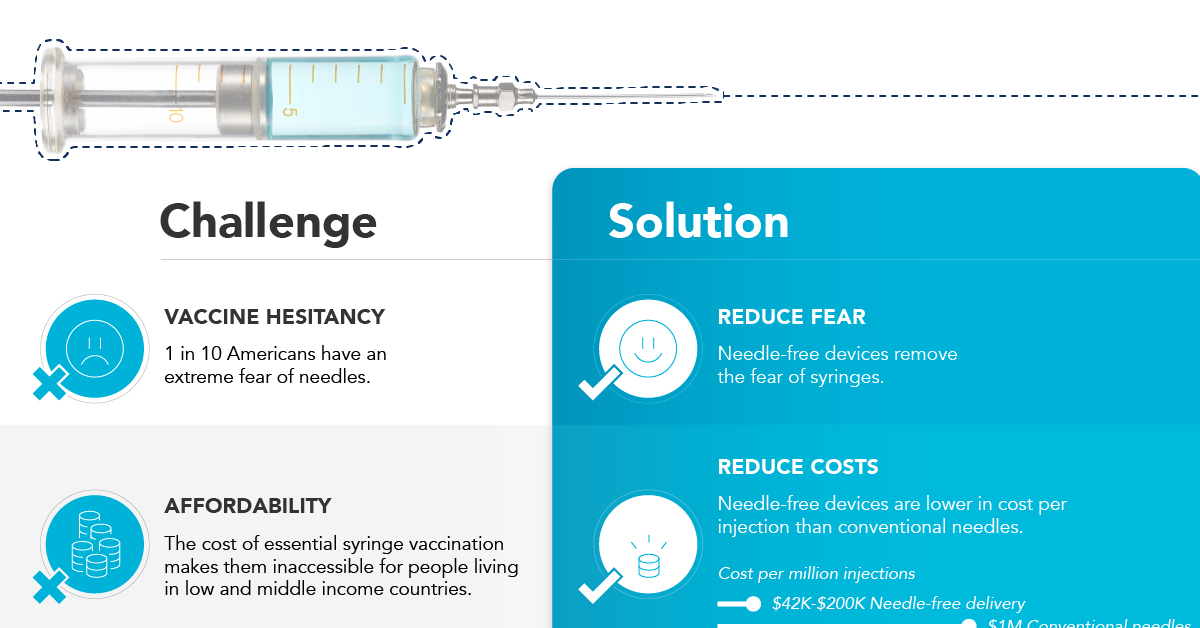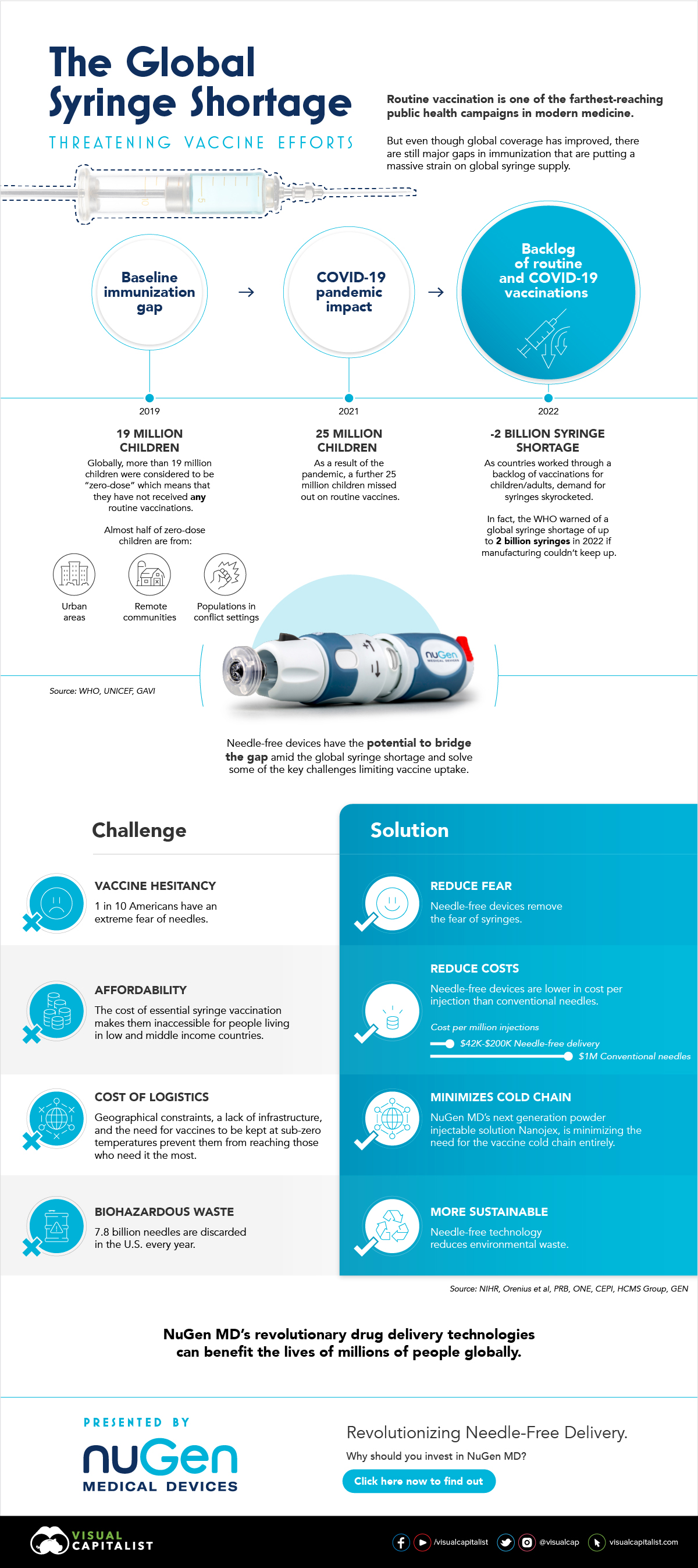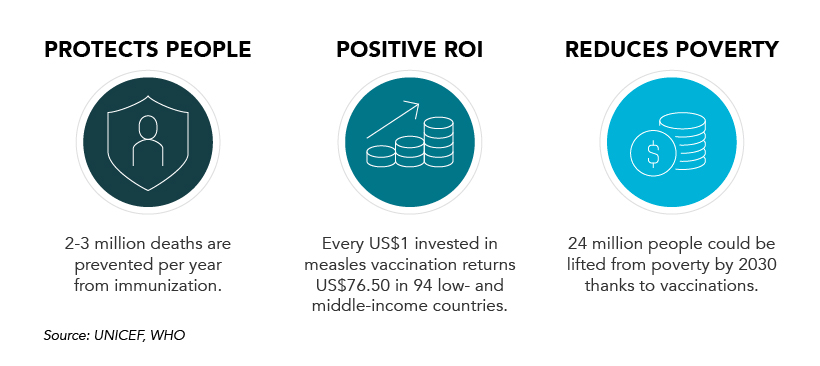In turn, businesses are competing on their ability to deliver quantifiable results to empowered consumers, who are:
Informed Proactive Demanding Discerning Cost-conscious
Today’s infographic comes to us from Publicis Health, and it shows the shift occurring in the healthcare space to a new outcome-based economy that is powered by an increasingly digital and data-driven experience. It’s also led by the millennial generation, a group that is seeing buying power finally line up with their influence. These digital natives see no reason for the healthcare experience to be stuck in its old ways – they demand a fast, digital, convenient, and quantified version of healthcare along with ongoing relationships. The ideal healthcare experience for this group looks something like this: Convenient access 59% of U.S. healthcare consumers want their digital healthcare experience to mirror retail. Digital channels 74% of millennial patients value the ability to book appointments and pay bills online. Ongoing relationship 48% of healthcare consumers want to partner with their healthcare providers for personalized treatment. Treating patients more like retail consumers will be a paradigm shift for healthcare – and it will require companies to invest in areas like big data to complete the patient experience.
An Ongoing Relationship
The patient-healthcare provider relationship is ever-changing.
As consumer demands grow, there is also an increased pressure on healthcare providers and pharma businesses to deliver. Patients no longer accept being told what they need, instead wanting to take more control of their health.
A more connected relationship with their healthcare provider can help achieve this goal. It’s made up of four components:
This can lead not only to a better patient care experience, but also better outcomes.
The Supportive Care Trifecta
An effective supportive care platform simplifies the many moving pieces that must come together in the patient care process. It leverages the following trifecta:
- Service design Connects services and workflows for optimal end-to-end experience, while also giving patients with the resources to engage with their own healthcare.
- Technology activation Backbone for delivering patient care to each stakeholder that is supported by artificial intelligence (AI) technology for a seamless experience.
- Data intelligence Right dashboards contribute to unearth analytic insights, revealing unique patient stories for strategic, tailored treatment. Connecting humans with health systems, a supportive care platform links all players and workflows involved. The result? Quantifiable outcomes, and a clear return on investment. Adopting big data in healthcare can yield:
20%-30% in cost savings 35% rise in patient access 20% improvement in outcomes 30% growth in revenue
Why it Matters
The supportive care platform drives business value by aligning collective commitments of key players in the healthcare industry. The evolving needs of healthcare consumers call for building long-term relationships between patients and healthcare providers. With the disruptive solution of an intelligence-powered care system, pharma companies can further these ongoing relationships and advance both patient and business outcomes. This is part four of a seven part series. Stay tuned by subscribing to Visual Capitalist for free, as we go into these six forces in more detail in the future. on In the above infographic from NuGen Medical Devices, we explore the factors leading to the syringe shortage and take a look at the company’s innovative needle-free solution that could play an important role in closing the immunization gap.
The Immunization Gap
Even before the COVID-19 pandemic, millions of people around the world struggled to get access to routine vaccinations. In fact, as of 2019 more than 19 million children around the world were considered to be “zero-dose” which means that they did not receive any routine vaccinations. Moreover, when the COVID-19 pandemic hit, global immunization dropped even further with 25 million children missing out on routine vaccines in 2021 alone.
Why is Immunization So Important?
Vaccinations prevent against over 20 life-threatening diseases and save between 2-3 million deaths per year, making them—as the WHO describes—the foundation of healthcare systems and an indisputable human right. As countries work through a backlog of vaccinations to close the immunization gap that has worsened since the pandemic, demand for syringes has significantly increased.
The Result: A Global Syringe Deficit
In 2022, the WHO warned that we could see a shortage of up to 2 billion syringes if manufacturing can’t keep up. This could result in the severe disruption to routine vaccinations and promote unsafe recycling of syringes in order to administer vaccines. But the issue goes far beyond a supply shortage of syringes. COVID-19 has brought conventional syringe vaccines into sharp focus, with many criticizing the challenges associated with them. With conventional needles facing so many challenges, it’s no surprise that investors are taking interest in viable alternatives. What’s more, these alternatives don’t just apply to vaccinations, they can also work for people with diabetes, dentists, and pet care.
Enter Needle-free Devices from NuGen MD
Needle-free devices have the potential to bridge the gap in immunization amid the global syringe shortage, solve some of the key challenges limiting vaccine uptake, and more importantly, benefit the lives of millions of people.
How Do They Work?
NuGen’s needle-free devices use a simple spring-loaded mechanism which uses pressure to release the liquid drug and penetrate the skin. In less than one-tenth of a second, the drug is dispensed more safely and evenly compared to needle syringes. It’s also virtually painless and leaves no mark on the skin.
Interested in investing in NuGen Medical Devices? To learn more about their plans to pioneer the future of needle-free drug delivery, click this link now.
